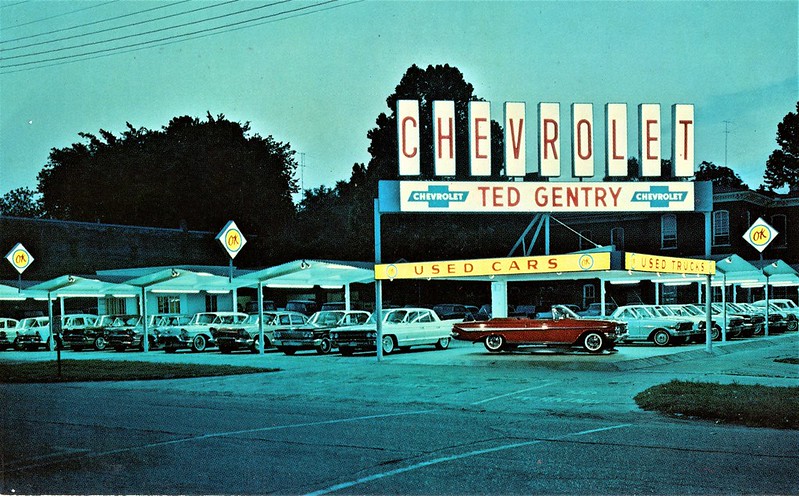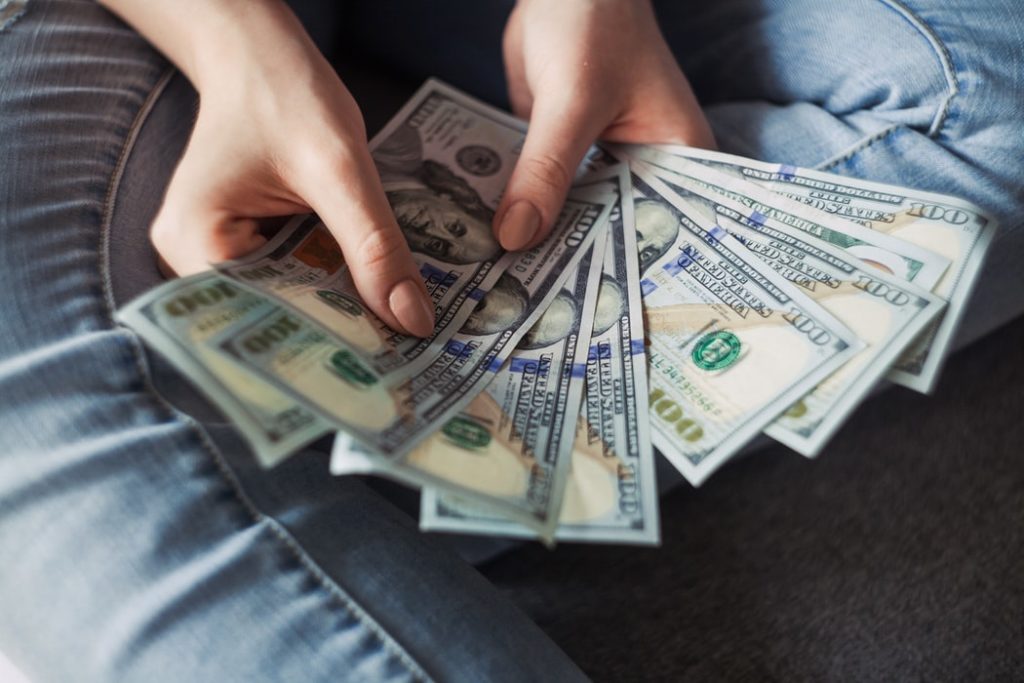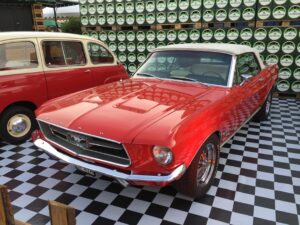
We usually wonder how much profit do dealers make on used cars because we want to get to the truth. We perceive them as people who make a lot of money by marking up the prices on pre-owned vehicles. But a closer look at their business reveals that such assumptions aren’t necessarily accurate.
Yes, dealerships are businesses but they don’t earn as much as we think. They have a lot of expenses and the markups aren’t that high either.
So, how much do dealerships make on used cars in reality?
New cars VS used vehicles – which are more profitable for dealers?
Selling used cars is way more profitable for dealerships. It’s easy to think that new vehicles bring more money in, but the reality is slightly different.
You see, dealerships work with manufacturers. Not only do they receive inventory from them, but they also get MSRP or Manufacturer’s Suggested Retail Price. This means that dealers receive a certain guideline that dictates the competitive price tag for the car in question.
MSRP isn’t secretive information anymore, and neither is the invoice price. The latter is the amount a dealer pays for the vehicle. It’s usually disclosed to the public, which means there’s not that much room for markup.
Though we don’t see the full pricing information, most of it is transparent. For dealerships that means that they are making less profit from the sale of new vehicles.
A more convenient way of making money on new cars is a dealer holdback. Some manufacturers pay a certain percentage to the dealers once they sell the vehicle. For instance, if the car is sold for $40,000, the dealer will get 1% or 2% from that amount.
That equals $400 or $800 depending on the percentage. That’s not much if you consider all the expenses, including the salesman salary, monthly rent, etc.
Dealers will typically make more money by selling an expensive BMW or a luxury model.
How much do car dealers make on used cars depends on different factors, but they are still more profitable. The reason is simple – dealerships aren’t obliged to disclose the invoice price of pre-owned vehicles. Due to the unpredictable depreciation rates, dealers can steer away from displaying the price they paid for the particular model.
We’ll learn how much do dealers make on used cars more precisely in a bit, but for now, you should know that new cars aren’t their main source of profit.
How much profit do dealers make on used cars via purchases and trade-ins?

I’ll be honest, the biggest share of the dealership’s profit comes from the trade-in. It’s one of the sources for filling out the inventory, and their resale value yields good money.
Typically, the dealers will downplay the value of your trade-in. They will consider every scratch and dent and try to reduce its price even further. That way, they are left with a perfectly normal vehicle that they can resell with quite a bit of profit.
Even if your car needs certain repairs, dealerships will still make money on it because they usually have in-house parts and service. That means lower repair costs and higher resale value for them.
They do make some money from direct sales as well. You’d probably notice that used cars cost more at dealerships compared to private sellers. The costs of the salesmen, repairs, and paperwork are usually included in the price.
The profit from selling the used cars isn’t that big, but it does play a role in the whole profit.
Dealerships can make around $2,000 on your trade-in, but that doesn’t mean that it’s the money that goes straight to their pockets.
When we’re discussing how much profit do dealers make on used cars, we have to keep in mind that they have a lot of expenses.
Even if repair costs are included in the price, they are still deducted from the dealership’s profit. Moreover, the dealer might sometimes have to pay for the warranty they provide, which reduces the money they make on sale even further.
Therefore, the profit dealerships make from trade-in and direct sales isn’t the biggest source of their income. They have to rely on other things, as well, to turn the business into a profitable one.
How much do dealerships make on used cars via financing and insurance?
Financing and insurance are big sources of dealership’s profit – they can yield anywhere from $1,500 to $3,000 per used car. Consider the fact that approximately 75% of used cars are bought with financing. You can do the math yourself and add those numbers.
That’s why we can’t exclude financing and insurance when we’re analyzing how much do dealerships make on used cars. They are valuable sources of income and the majority of dealerships thrive on these two.
But how exactly do they make money on financing and insurance?
The convenience of getting the car financed right at the dealership attracts many buyers. I’m sure you don’t want to spend additional time on private financing. Why would you refuse the “low-rate” deal the dealership offers?
Well, the percentage on that “low-rate” package might not be as low as you thought. When dealerships offer financing options, they are talking in numbers. They will offer the loan for 7% and convince you that it’s the best rate you can get.
What you don’t know is that 2% is the money the dealership gets, while 5% is the actual rate of the loan. They are middlemen between you and the banks, therefore, they get their commission.
Legally, dealerships aren’t allowed to add more than 2.5% but sometimes they still do.
The same goes for the insurance. You’ll pay more if you purchase the insurance package directly from the dealership.
The best thing you can do is to get financing from somewhere else. It will require extra commitment from you, but you’ll save some money.
If you’re wondering how much do dealers make on used cars, you should expect that they will make more profit with all those additives and extra packages they sell. It’s up to you to decide whether you’re willing to pay more for the convenience.
How much do car dealers make on used cars via parts and service?

Parts and service are other steady sources of income. Their in-house service shops can help dealerships maintain profit even when the business isn’t doing so well. The small amount of money they make by selling used cars is balanced out by the income from service and parts.
When dealerships sell their vehicles, the majority of the customers will come back to the same store when something needs to be repaired. Though some of those services can be covered by warranty (if you have one), dealers still do their best to avoid such repairs.
Think of in-house parts and service as individual service shops. Now, remember how much you pay for parts and fixes to those mechanics. Calculate how many times you visit those shops and you’ll understand just how much do dealers make on used cars via parts and service.
Service and parts won’t result in a bulk profit, but they do affect the overall income in the long run. Loyal owners are customers who keep the business running even when the cars are in shortage.
If you trust the dealership you bought your vehicle from, it’s highly unlikely that you’ll turn to someone else for those services. The chances are you’ll purchase those additional services as well. It depends on the reputation of the dealership and its customer service, as well.
Final Takeaway
The final takeaway here is that dealerships do make money whenever they sell a car to you, but their profit isn’t as high as we’re forced to believe. Dealerships have a lot of expenses and some have more costs than others.
Certain dealerships are a joy to deal with because their salesmen don’t earn money from the sale of a specific vehicle. Such policy makes the whole process more enjoyable for the customer. Fixed commissions are becoming more widespread, with dealers such as Carmax implementing them in their policies.
How much do dealers make on used cars depends on various factors, but one thing is clear – they don’t rely on the sale of used cars to earn some money. Insurance and financing, as well as parts and service yield big portions of the overall profit.










